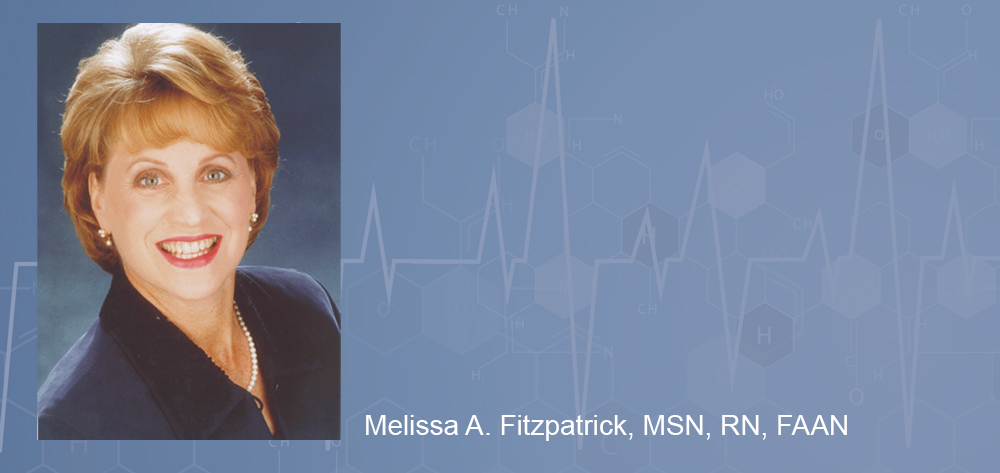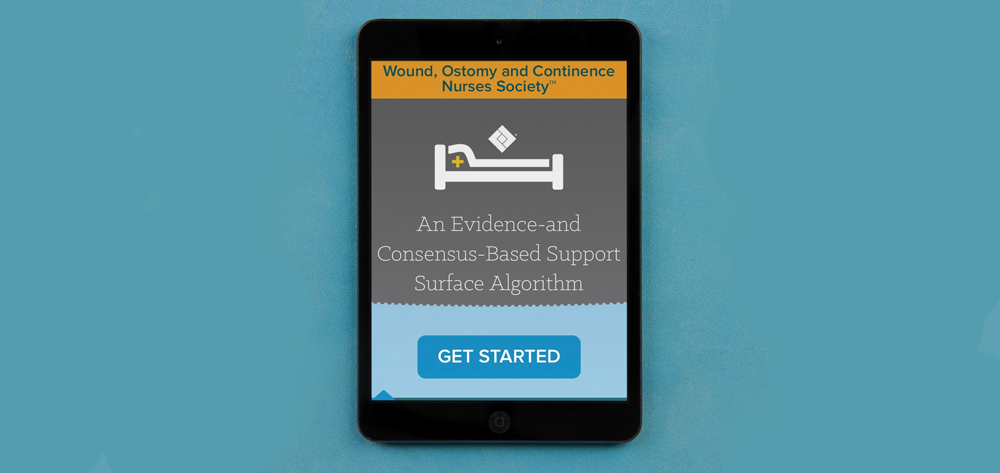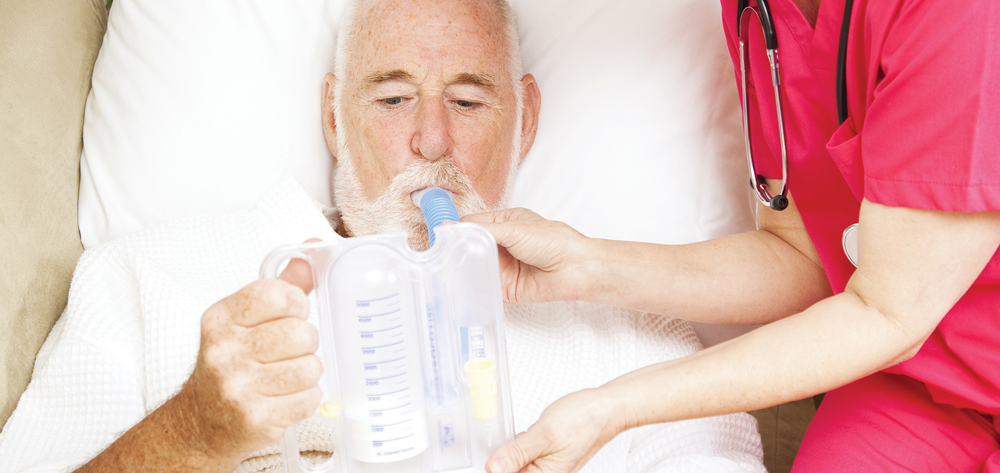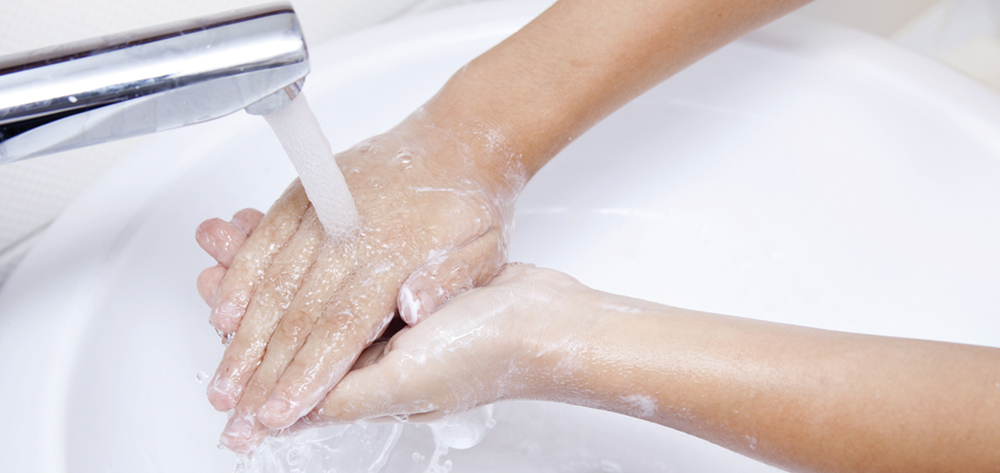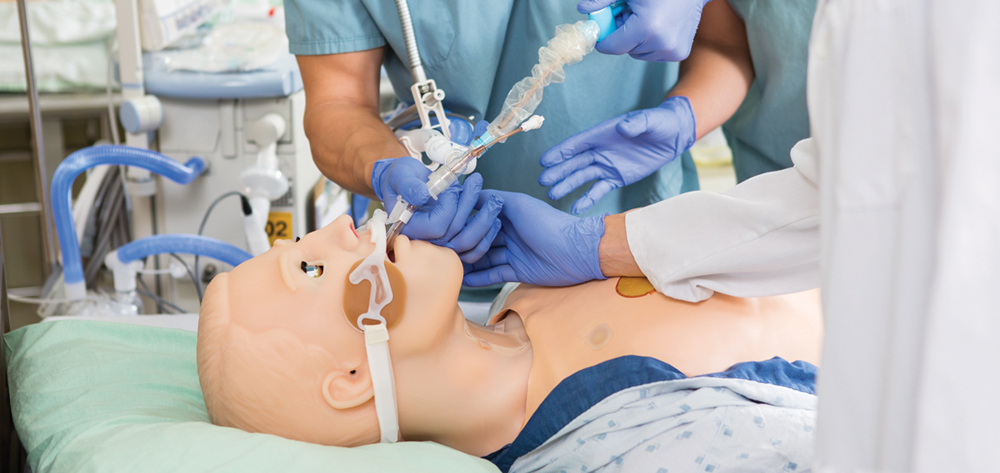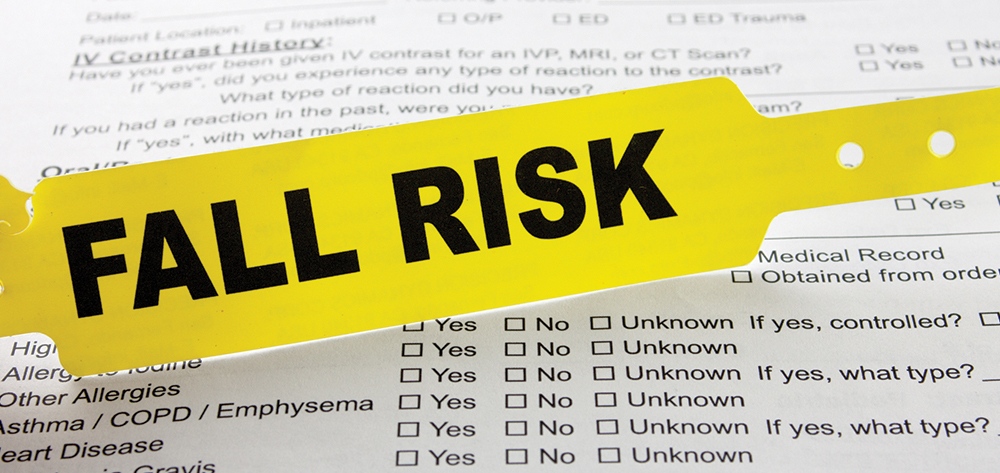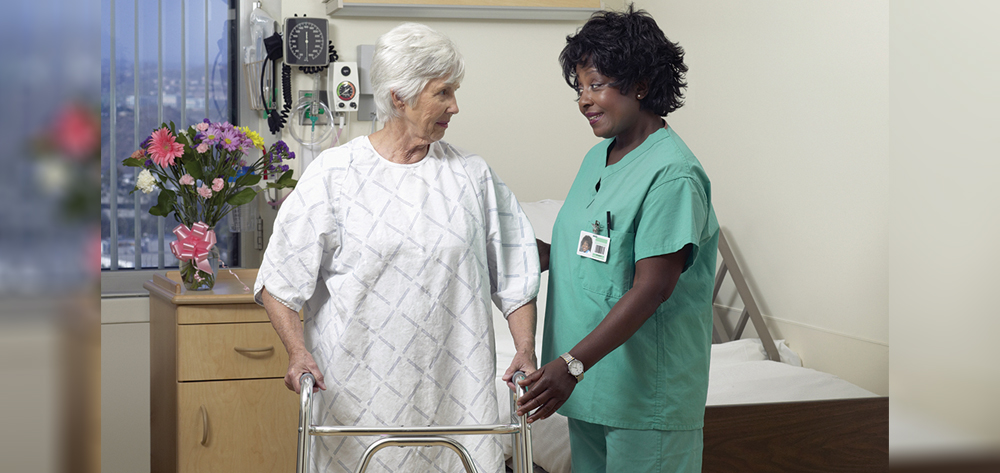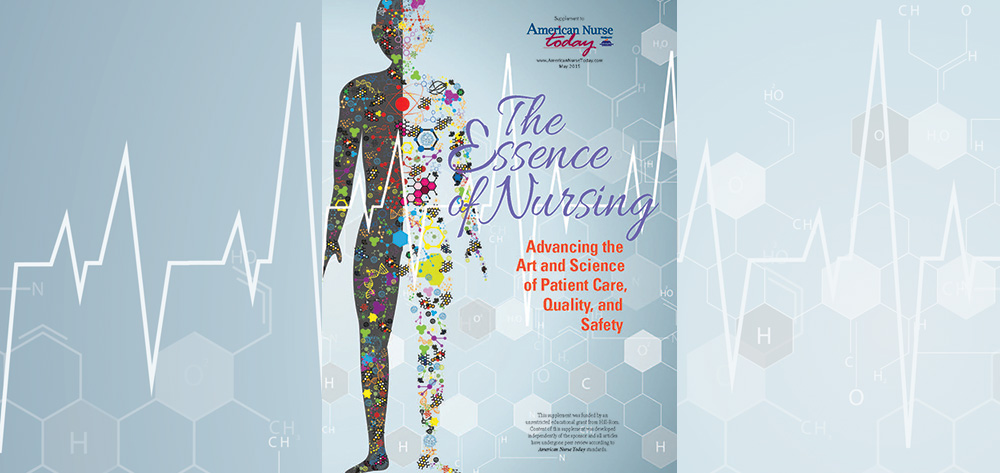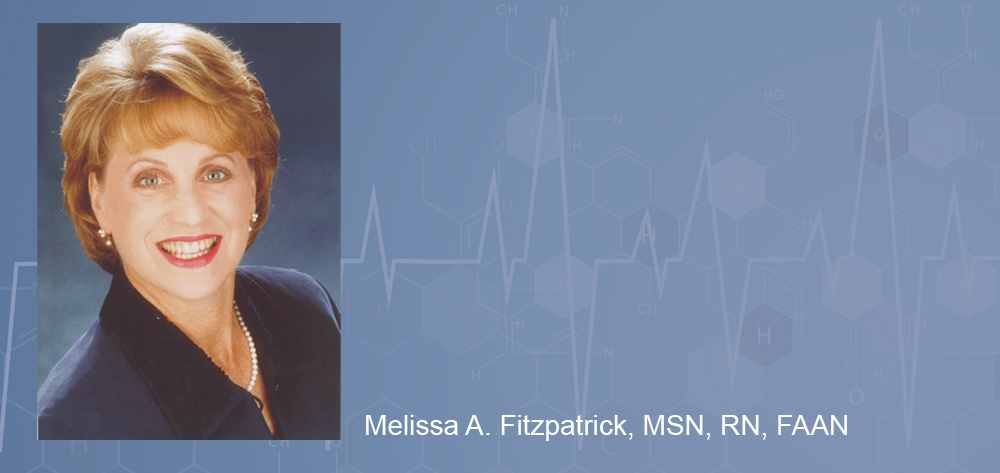It’s a pleasure to bring you part 2 of “The Essence of Nursing: Advancing the Art and Science of Patient Care, Quality, and Safety.” We’ve had an overwhelming response to part 1, published in May. It obviously struck a deep chord with our 175,000+ print readers,
as well as those accessing the supplement online at AmericanNurseToday.com/the-essence-nursing. In our online surveys, response to this supplement has been plentiful and positive. Thank you for taking time out of your busy day to tell us what you thought of it.
As we all know, nurses are passionate, opinionated, and articulate when it comes to our top priority—meeting the needs of patients, families, and communities. Readers of our May “Essence” supplement expressed unwavering dedication to enhancing patient outcomes and told us that despite the many challenges they face, they always strive to do what’s right for their patients with compassion, vigilance, and diligence. Several stressed that we need to go beyond simply being present for patients to making them aware of our intentions and always providing the “nurse’s touch.” Some of you said the supplement validated your beliefs, advocacy efforts, and reasons for becoming a nurse in the first place. Your expressions of what the essence of nursing means to you and how it comes through in your daily work were inspirational and heartwarming.
Some readers worried that the increasing focus on computers, technology, and documentation could be imperiling our ability to provide the essence of nursing. Many of you shared the concern that we’re at risk of losing that essence unless we commit every day to manifesting and emphasizing it in our care delivery systems. You validated that the articles in “Essence, Part 1” provided many of the tools, solutions, and evidence you’ve been looking for to accomplish these goals and ensure patients’ safe passage through the care process. Your feedback was unanimous: You wanted more “Essence.”
Introducing “Essence, Part 2”
“Essence, Part 2” is our response to your request. It covers topics suggested by readers—topics that represent areas of focus and priority for their units and organizations. In your feedback to “Essence, Part 1,” you told us that creating a culture of caring, intentional rounding, preventing falls, promoting mobility, optimizing nutrition, and enhancing the patient experience are top of mind. Working toward these goals enables the essence of nursing to shine through.
Many nurses have been working on these issues for decades. What’s more, these topics have been gaining increasing attention from accrediting bodies, Magnet® Recognition Program appraisers, and the media. Doesn’t it seem that not a day goes by without a news report on infections and communicable diseases? Are you dismayed when you see a coworker go in and out of a patient’s room without washing his or her hands? How often does a neighbor or family member tell you a loved one sustained a fall or acquired an infection or pressure ulcer in your hospital? Who can walk through a supermarket, go to a movie, or visit a school without noticing the epidemic of morbid obesity in our country—and realizing the pressing need to increase our efforts to optimize nutrition and healthful living?
We asked the authors for “Essence, Part 2” not only to share the evidence and science pertaining to these key issues, but also to describe nurses’ real-world efforts to keep patients safe while managing care within our complex workplace. You asked for specifics on process, collaboration, and results—and our authors have fulfilled your request.
You also asked for examples of real-world conversations on these topics. We know dialogue is the key to reaching consensus on clinical solutions. Here are a few examples from my own experiences talking to nurses about preventing patient falls:
- After a spirited discussion with a group of dedicated falls champions at a large academic medical center, I reviewed the minutes from the past 6 months of their meetings. I saw they’d spent a tremendous amount of time discussing how to designate patients who were at risk of falling. They’d debated whether to use booties, blankets, wristbands, or signs over the heads of these patients’ beds. After months of deliberation, they decided to place a picture of Humpty Dumpty over the head of the bed of every patient deemed at risk (nearly every patient on some units). The decision left me wondering: Is this a reasonable solution or does it just make these nurses feel as if they’re doing something? How would family members feel when visiting a loved one in the hospital and seeing Humpty Dumpty above his or her head? The nurses’ intentions were good, but the Humpty Dumpty solution leaves much to be desired.
- A group of more than 300 critical care nurses from a hospital in a large Northeast city told me they’d spent more than $1 million last year on “sitters” for critical care units. Yet their nurse-to-patient ratio was 1:1 or 1:2—which is excellent. In my best Dr. Phil imitation, I asked how the sitters were working out for them. “They just sit there and watch the patient fall,” one nurse replied. We discussed how that $1 million could have been put to much better use by investing in better nurse communication tools, sensor technology, and more staff.
- Of course, many teams are having conversations that are yielding positive results in falls reduction. I recently made the rounds on a busy med-surg unit with a charge nurse who exuded the essence of nursing. He and his colleagues had taken a data-driven approach to falls reduction. Based on data reported from their connected smart technologies (beds, nurse call and locating system, electronic signage, and electronic health record), they found patients were falling as they tried to get out of bed to go to the bathroom 1 hour after receiving a diuretic. Once he and his team put all the pieces together, they were able to avert patients’ unassisted attempts to get out of bed, assisting them to the bathroom safely and before it was too late.
Do some of these stories sound familiar? Of course, preventing falls is just one of the many challenges nurses face on every shift, every day. I’m sure each of you has opinions and ideas about what’s working and what isn’t working in your workplace as we strive to decrease all adverse events. I hope you’ll share these with us by providing feedback to “Essence, Part 2,” which describes multidisciplinary, evidence-based solutions to help nurses deliver the essence of nursing. Our authors are nationally renowned experts, frontline caregivers, advanced practice nurses, educators, and consultants who’ve studied these challenges, developed best practices, and collaborated across disciplines to create meaningful changes in their care environments. Never have we needed their expertise more.
Enjoy “Essence, Part 2”—and by all means, let us know what you think by contacting us at AmericanNurseToday.com/send-letter-editor/.
Melissa A. Fitzpatrick is a member of the Editorial Advisory Board of American Nurse Today. At the time this article was written, she was vice-president and chief clinical officer at Hill-Rom.

